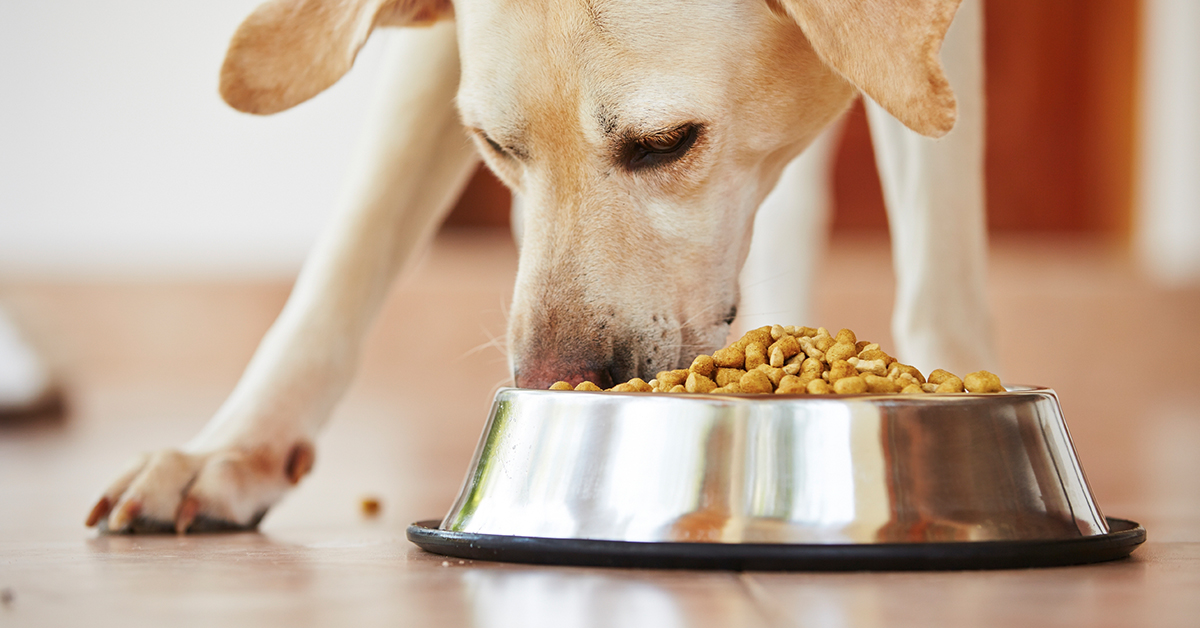Shop At Haya: Your Ultimate Shopping Guide
Discover the best shopping tips, trends, and deals for a smarter buying experience.
Feeding Fido: The Secret Life of Pet Food
Uncover the hidden secrets of pet food! Discover what really fuels your furry friend's health in Feeding Fido's eye-opening exploration.
What Goes Into Your Dog's Bowl? Understanding Pet Food Ingredients
When choosing the right food for your dog, it's essential to understand what goes into your dog's bowl. The ingredients listed on pet food packaging reveal much about its nutritional value and overall quality. Pet food ingredients can typically be categorized into several groups, including proteins, grains, vegetables, and fats. Each category plays a significant role in your dog’s health; for example, proteins such as chicken or beef are vital for muscle development, while grains provide essential carbohydrates for energy.
It's important to pay attention to the first few ingredients on the label, as they represent the primary components of the food. Companies often use fillers and artificial additives to enhance flavor or texture, which may not provide any nutritional benefit. Additionally, consider factors like the source of the ingredients and whether they meet acceptable pet food standards. Understanding these aspects will help you make informed decisions, ensuring your furry friend receives a balanced diet that supports their overall well-being.

The Truth Behind Pet Food Labels: What They Really Mean
Understanding pet food labels can be a daunting task for many pet owners. The truth behind pet food labels lies in the jargon and marketing terms that manufacturers use to attract buyers. For instance, terms like 'natural,' 'premium,' and 'organic' may sound appealing, but they can be misleading. It's essential to look beyond these labels to the actual ingredient list, which provides a clearer picture of what you're feeding your furry friend. Ingredients are typically listed in descending order by weight, so the first few ingredients are crucial in assessing the quality of the food.
Another critical aspect of pet food labels is the Guaranteed Analysis, which outlines the minimum percentages of crude protein and fat, and the maximum percentages of fiber and moisture. This information helps pet owners determine if the food meets their pet’s specific nutritional needs. Additionally, look for the AAFCO statement on the packaging, which ensures that the food meets certain nutritional standards established by the Association of American Feed Control Officials. Remember, a well-informed pet owner is best equipped to make healthy choices for their pets.
Is Grain-Free the Best Choice for Your Dog? Myths and Facts
The debate over whether grain-free dog food is the best choice for your furry companion has grown increasingly complex, with many pet owners wondering if grains are truly detrimental to their dogs' health. To start, it’s essential to differentiate between myths and facts. Some myths suggest that all grains are harmful and that a grain-free diet is the cure-all for various health issues, including allergies and digestive problems. In reality, many dogs can digest and benefit from whole grains, which provide essential nutrients and fiber. It's crucial to consult with a veterinarian before making drastic changes to your dog's diet to ensure that their nutritional needs are met.
On the other hand, there are valid concerns regarding certain grain-free diets, particularly those high in legumes and potatoes, which have been linked to an increased risk of canine dilated cardiomyopathy (DCM) in some breeds. Therefore, a balanced approach is advised. While some dogs may thrive on a grain-free diet, others may do better with grains included in their meals. Always focus on the overall quality of the food and consult pet health professionals to determine the most suitable diet for your dog's specific health needs and lifestyle.